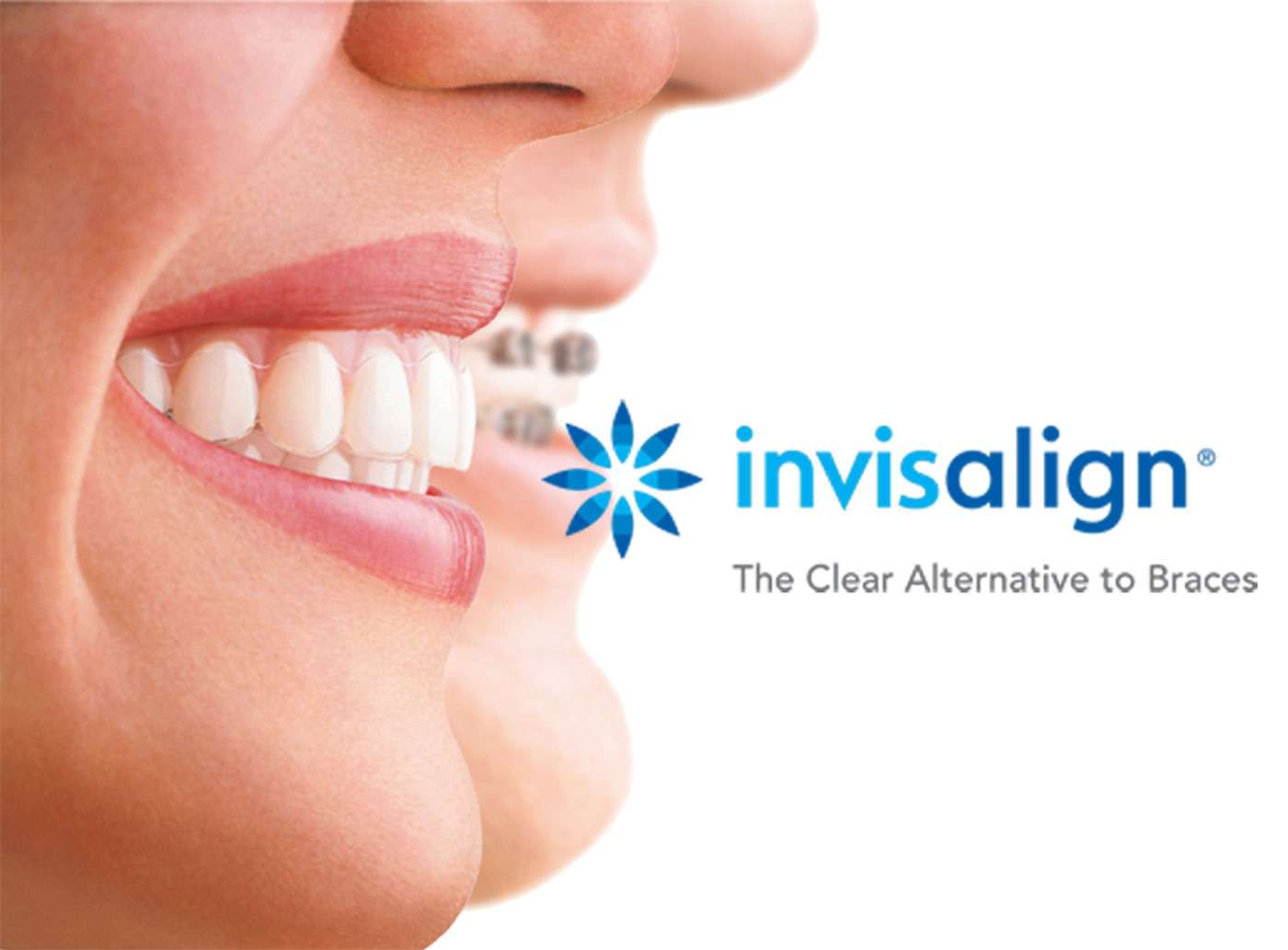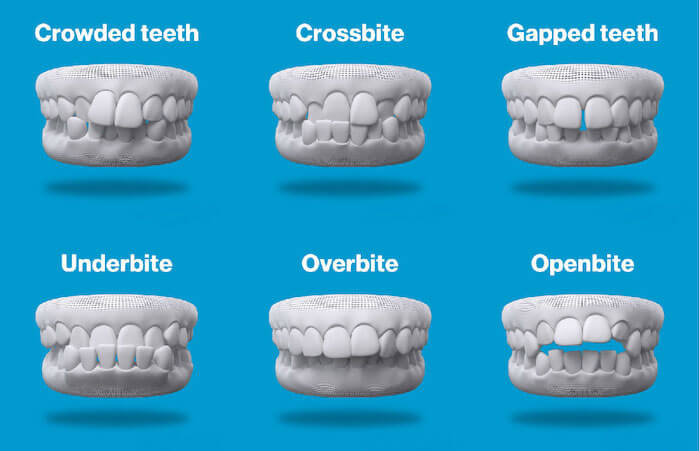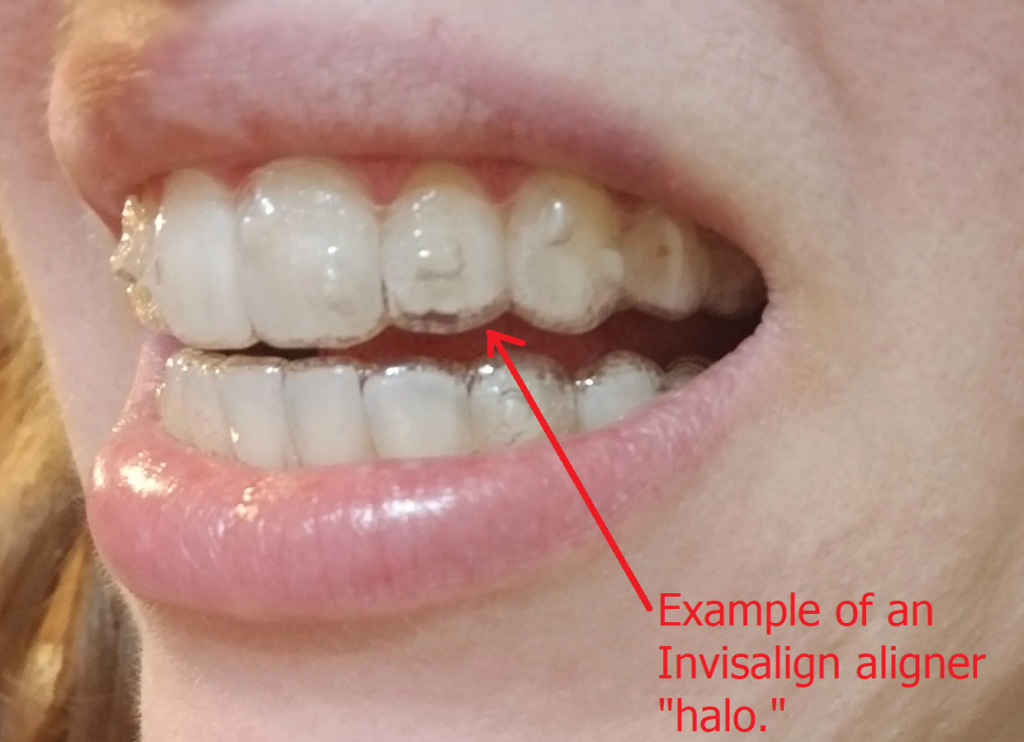Preserving Oral Health While Making Use Of Invisalign: Tips for a Smooth Experience
Preserving Oral Health While Making Use Of Invisalign: Tips for a Smooth Experience
Blog Article
Invisalign vs. Traditional Dental braces: Which Alternative Is Right for You?
When considering orthodontic therapy, the choice between Invisalign and traditional dental braces offers numerous essential aspects that warrant mindful evaluation. Invisalign uses a very discreet option with detachable aligners, while typical dental braces give a more noticeable yet effective service for extreme misalignment.
Review of Therapy Choices

In contrast, conventional dental braces contain metal brackets and cords that are bonded to the teeth. This method applies constant stress over time to attain placement. While efficient for complicated orthodontic concerns, typical braces require routine sees for adjustments and can position obstacles in keeping dental health due to the trouble of cleaning about braces and wires.
Both alternatives have their qualities, and the choice frequently depends upon details dental conditions, lifestyle choices, and patient compliance. Inevitably, getting in touch with an orthodontic professional is vital for figuring out the most ideal therapy strategy customized to individual demands. Comprehending the nuances of each choice can significantly influence the overall success of orthodontic treatment.
Visual Factors To Consider
A significant variable affecting the option between Invisalign and standard dental braces is the visual allure each therapy provides. Invisalign aligners are crafted from clear plastic, making them essentially unnoticeable when worn.
In comparison, traditional dental braces include steel braces and cords, which can be more obvious. While improvements in orthodontic innovation have resulted in the growth of smaller braces and colored elastics, traditional dental braces still maintain an even more conspicuous profile. For some people, the presence of braces might discourage them from looking for required treatment.
Inevitably, the selection between Invisalign and typical dental braces may pivot on personal choices relating to looks. Patients that focus on discretion often lean toward Invisalign, while those who are much less concerned about exposure may go with traditional dental braces. Recognizing the visual implications of each alternative is critical for making an informed choice that aligns with one's way of living and choices.
Comfort and Convenience

In terms of convenience, Invisalign aligners are detachable, making it possible for individuals to enjoy their favored foods without restriction and preserve ideal dental hygiene. Cleaning and flossing are simplified, as the aligners can be obtained during these routines, whereas standard braces require cautious maneuvering around braces and site here wires.
In contrast, standard braces necessitate normal adjustments, making them much less hassle-free for those with active routines. Generally, the comfort and comfort of Invisalign make it an enticing option for lots of people seeking orthodontic treatment.
Therapy Duration and Performance
While both Invisalign and conventional dental braces are effective in dealing with oral misalignments, the duration of therapy can differ considerably in between the 2 choices. Generally, Invisalign therapy can take anywhere from 12 to 18 months, relying on the complexity of the case. The clear aligners work by slowly moving teeth right into their desired placements, and normal follow-ups with an orthodontist help make sure development remains on course.
On the other hand, standard dental braces frequently call for a longer commitment, typically varying from 18 months to 3 years. This is due to their set nature and making use of brackets and wires, which can be much more reliable for intricate instances and extreme misalignments (Invisalign). The read here therapy efficiency of traditional dental braces is well-documented, as they enable for exact adjustments and higher control over tooth activity
Inevitably, the choice between Invisalign and typical braces may rest on both the expected therapy period and the details dental concerns handy. Consulting with an orthodontist is critical, as they can offer tailored suggestions based on specific needs, ensuring the selected technique aligns with preferred timeframes and end results.
Expense Contrast and Insurance Coverage Options
Price plays a considerable duty in the decision-making process for people thinking about orthodontic treatment, whether choosing for Invisalign or conventional braces. On standard, the expense of Invisalign arrays from $3,000 to $8,000, while typical dental braces commonly cost in between $2,000 and $6,000. Aspects influencing these prices consist of the complexity of the situation, the duration of treatment, and geographical place.
Many dental insurance coverage strategies offer partial protection for orthodontic treatments, yet the specifics can differ widely. Normally, standard dental braces might be a lot more regularly covered by insurance coverage plans contrasted to Invisalign, which some insurers classify as an aesthetic treatment.
In addition, numerous orthodontic practices use adaptable layaway plan, making both treatment options much more available. Patients should make inquiries concerning possible funding choices and discount rates for ahead of time payments. Examining the complete cost, including insurance coverage benefits and payment plans, is important for making an educated choice that straightens with both visual choices and budget plan considerations.

Verdict
In summary, the choice between Invisalign and typical braces depends upon this page several aspects, including aesthetic choices, convenience, treatment duration, and expense. Invisalign offers a discreet, removable choice that assists in oral hygiene and dietary adaptability, while conventional dental braces may be preferable for intricate dental issues and commonly come at a reduced cost factor. Inevitably, appointment with an orthodontist is vital to evaluate individual conditions and identify one of the most ideal therapy alternative for achieving optimal oral positioning.
When considering orthodontic therapy, the choice in between Invisalign and traditional braces provides a number of vital factors that warrant mindful assessment.Contrasting Invisalign and conventional braces exposes distinct therapy options for orthodontic modification.While both Invisalign and conventional dental braces are reliable in correcting oral misalignments, the period of treatment can differ dramatically between the two options.Cost plays a significant function in the decision-making procedure for individuals considering orthodontic treatment, whether deciding for Invisalign or typical braces.In summary, the choice in between Invisalign and typical braces hinges on multiple elements, including visual preferences, convenience, therapy period, and cost.
Report this page